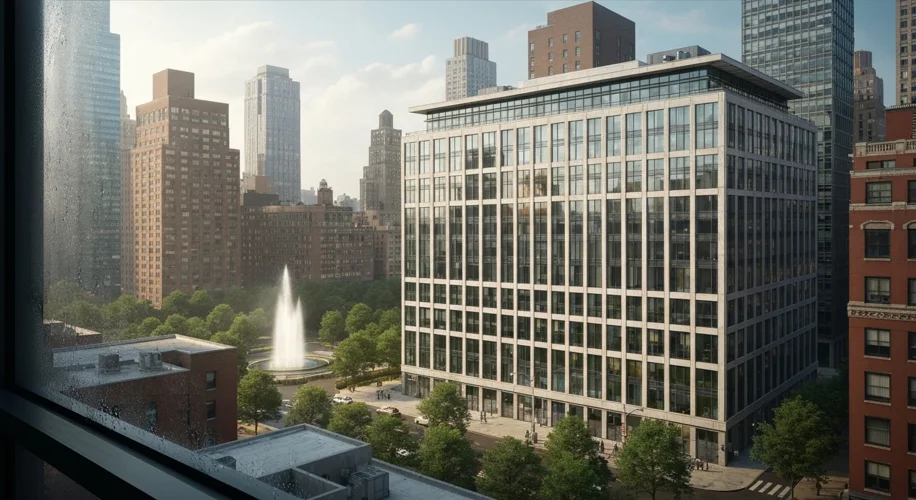It’s heartbreaking to hear about the recent news from New York City, where another life has been lost due to Legionnaires’ disease, bringing the total to five. Dozens more have fallen ill. This outbreak serves as a stark reminder of how environmental factors can directly impact our health, especially in dense urban areas.
What is Legionnaires’ Disease?
Legionnaires’ disease is a severe form of pneumonia caused by Legionella bacteria. These bacteria are naturally found in freshwater environments, like lakes and streams. However, they thrive in warm, stagnant water and can multiply rapidly in man-made water systems.
The Urban Connection
Think about our cities. We have complex water systems that can create perfect breeding grounds for Legionella. Cooling towers, hot tubs, decorative fountains, and even plumbing systems in large buildings can become reservoirs for these bacteria if not properly maintained. When water droplets containing the bacteria are aerosolized – meaning they become tiny airborne particles – they can be inhaled by people, leading to infection.
This is particularly concerning in urban environments where many people live and work in close proximity. An outbreak can spread quickly if the source isn’t identified and controlled.
Why Now? The Heat Factor
As someone who studies climate and urban environments, I can’t help but connect this to our warming planet. Higher temperatures, especially during summer months, create warmer water conditions. This can accelerate the growth of bacteria like Legionella in water systems that aren’t kept at optimal temperatures.
Urban areas, with their heat island effect, often experience higher temperatures than surrounding rural areas. This means that the conditions conducive to bacterial growth can be amplified in our cities. It’s a cycle where rising temperatures potentially increase the risk of such health threats.
Prevention is Key
The good news is that Legionnaires’ disease is preventable. Regular maintenance and proper disinfection of water systems in buildings are crucial. This includes:
- Cooling Towers: These are common culprits. They need regular cleaning and treatment to kill bacteria.
- Hot Water Systems: Maintaining appropriate temperatures and flushing systems can help.
- Other Water Features: Hot tubs, spas, and even misting systems need vigilant upkeep.
Public health officials play a vital role in investigating outbreaks, identifying the source, and working with building owners to implement necessary control measures. For individuals, staying informed about local advisories and maintaining good personal hygiene are always important steps.
This situation in New York is a somber call to action. It highlights the intricate link between our environment, our infrastructure, and our health. By understanding the science behind these outbreaks, we can better protect ourselves and our communities.

